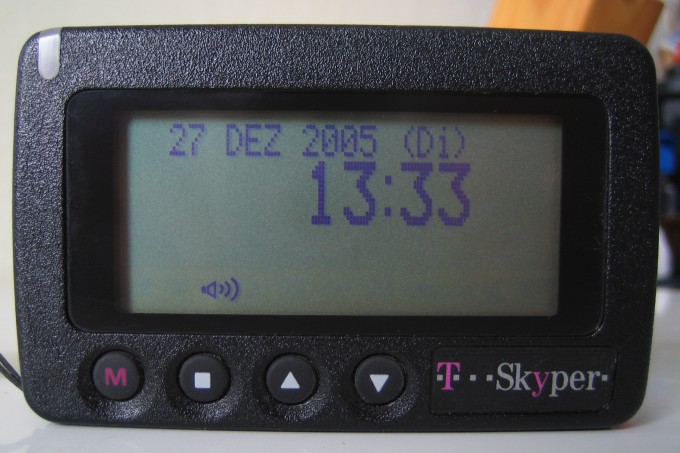One of the world’s biggest users of pagers, the U.K. National Health Service, is giving up the devices in favor of the smartphone.
Pagers, the portable communications unit also known as a beeper popular three decades ago, will be switched off for hospital doctors and staff by the end of 2021, Health Secretary Matt Hancock said recently. The sprawling NHS now accounts for almost one in 10 pagers in use globally.
Hancock said staff will instead use alternatives, such as mobile phones and apps for more accurate two-way communications at a reduced cost.
“We want to build a health and care service that is fully able to harness the huge potential of technology,” Hancock said in the statement on the government’s website. “We have to get the basics right, like having computers that work and getting rid of archaic technology like pagers and fax machines.”

The NHS uses around 130,000 pagers at an annual cost of 6.6 million pounds ($ 8.6 million) and a single device can cost as much as 400 pounds. Only one U.K. mobile phone company, Capita’s PageOne, supports pagers. Vodafone closed its paging network in last March, and switched about 1,000 customers to PageOne.
Pagers are a one-way form of communication, with the sender or level or urgency often unknown. Pagers also do not support the sharing of information between staff on the move, according to the NHS statement.
All U.K. hospitals must have plans and infrastructure in place to replace pagers by September 2020, according to the statement. The NHS can keep some pagers for emergencies, such as when WiFi fails or when other forms of communication are unavailable.
Motorola introduced its first pager, known as the Pageboy, in 1964, describing it as a standard tool for business, according to the company’s website. It introduced a numeric pager in 1986, called the Bravo, which became the best-selling device at the time. In 1995, the company unveiled the first two-way pager.
Bloomberg News
